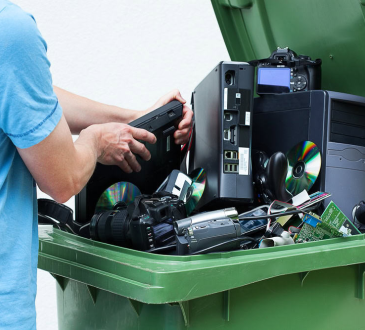Chemical milling etching has become one of the essential tools for the creation of implants. These implants serve as hip replacements, knee replacements, replacements of other joints, and substitute teeth. The engineering of these devices’ present challenges on the macroscale, miniscale, microscale, and nanoscale.
Nanoscale texture surfacing accelerates healing after surgery.
Attention to macroscale and miniscale is essential to achieve stability of replacement devices for successful surgery. But skillful microscale and nanoscale machining of replacements for bone with chemical milling and etching techniques is essential to promoting biological stability of the device. Chemical milling etching of titanium implants affects bone binding ability and can accelerate healing for a better therapeutic result. How can this be?
The effects of chemical milling and etching of titanium bone replacement parts are greatest seven to fourteen days after implantation. On machine-milled surfaces, human bone-building cells known as osteoblasts are minimally stimulated to produce a protein called osteopontin. This is the protein that builds a “bridge” between the cell and the titanium device.
But contact with smoother titanium surfaces created with chemical milling etching activates a gene called SPP1 (Secreted Phosphoprotein 1). This gene codes the production of greater amounts of osteopontin. With greater production of osteopontin, osteoblasts in direct contact with a titanium bone replacement device created with chemical machining generate a more abundant protein matrix to adhere to bone.
The production of additional osteopontin results in the creation of a more regular matrix. Crystaline bone is laid down in geometric patterns that can stand greater sheer stress. As the osteoblasts create new bone, there will fewer misaligned calcium deposits that can weaken bone. The joint or tooth replacement will be more fully integrated with bone, with far smaller risk of complications such as fracture, dislocation, loosening, and changes in the length of a limb.
Surface texturing is not just about roughness and smoothness.
Chemical machining of titanium replacements for bone of course requires considerable engineering expertise, but surface texturing is not just about “roughness” and “smoothness.” In the manufacture of medical devices, clearing the product of hydrogen from strong acids used in the chemical machining of the device is necessary for the survival of adjacent living tissue. Selection of mordant, temperature, and time in production are also important considerations in the success of even an appropriately textured surface. Surface texturing of bone replacement devices requires depth of engineering expertise.
Tech Met has the technical know-how for medical device manufacturing.
But the manufacturing of medical devices requires more than just good engineering. A successful result for patients comes about through the cooperation and communication of chemists, engineers, physicians, surgeons, and dentists. Improving healing time and reducing failure rates of implanted devices grows from skills at collaboration across professional disciplines, not just manufacturing expertise.
Tech Met Inc. has been providing precision chemical milling on fabricated metal components for over 30 years. Tech Met has the engineering expertise and the manufacturing equipment to build medical devices from a variety of materials. And Tech Met also has the cross-disciplinary experience to work with medical professionals for optimal patient outcomes.




